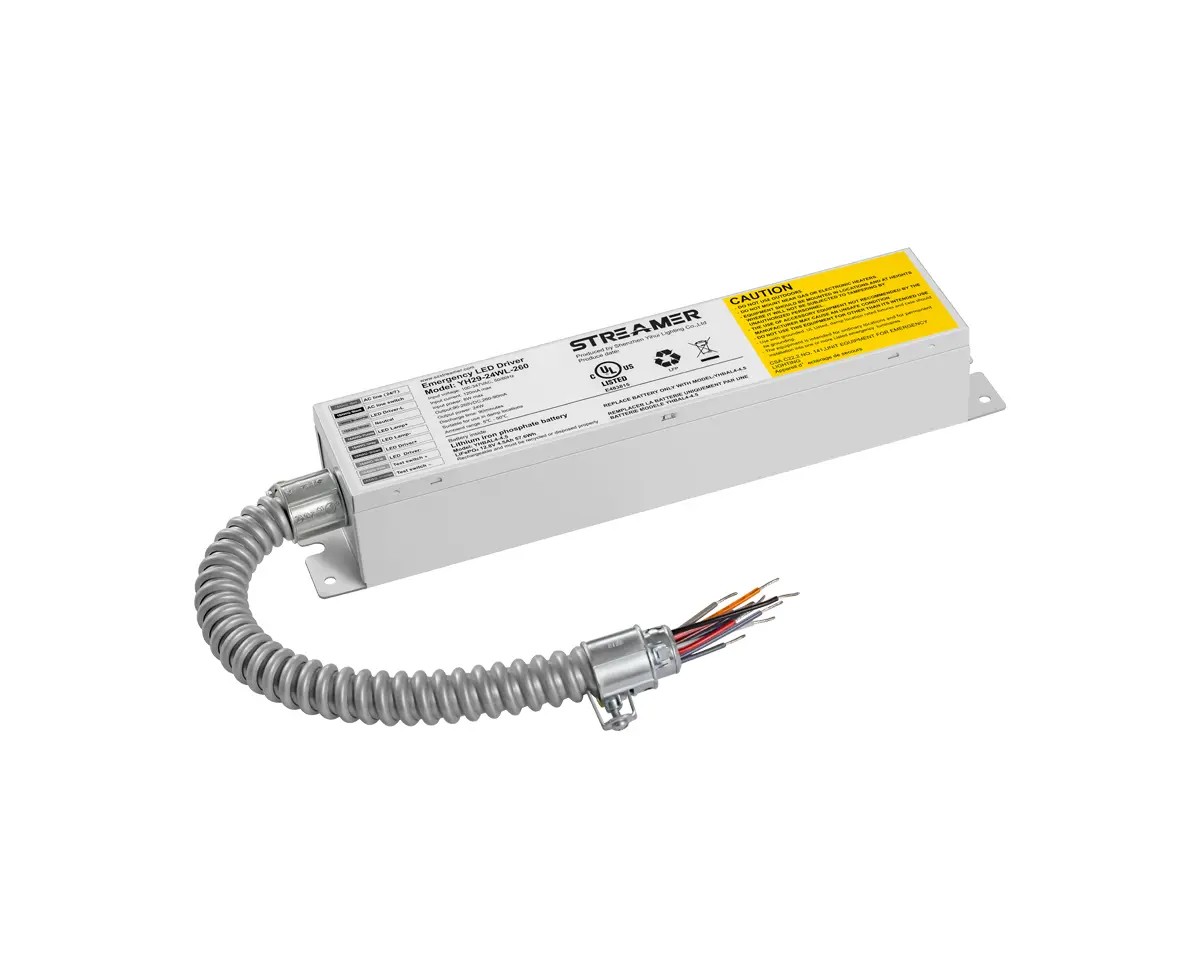 1
1
 May 05, 2025
May 05, 2025

The overload protection mechanism in an LED emergency converter is a vital safety feature that safeguards the converter and connected devices from damage caused by excessive current or power. When an overload occurs, such as when too many devices are connected or a short circuit happens, the protection mechanism kicks in to prevent overheating, component failure, and potential fire hazards.
One of the most common overload protection techniques is the use of fuses. Fuses are sacrificial components that are designed to melt and break the electrical circuit when the current exceeds a predetermined value. In an LED emergency converter, a fuse is placed in the main power circuit. When an overload situation occurs, the increased current causes the fuse to heat up and eventually melt, interrupting the flow of electricity and protecting the converter and other components from damage.
Another important overload protection mechanism is the use of circuit breakers. Unlike fuses, which need to be replaced after they blow, circuit breakers can be reset. Circuit breakers contain a mechanism that detects excessive current and automatically trips, opening the circuit. Once the overload condition is resolved, the circuit breaker can be manually reset to restore power. This makes circuit breakers a more convenient and cost-effective option for overload protection in some applications.
In addition to fuses and circuit breakers, many LED emergency converters also incorporate electronic overload protection circuits. These circuits use sensors and control chips to monitor the current and voltage levels in real-time. When an overload is detected, the electronic circuit can quickly cut off the power supply or limit the current to a safe level. Some advanced electronic overload protection circuits can also provide diagnostic information, indicating the cause of the overload and helping users troubleshoot the problem.
Overload protection mechanisms in LED emergency converters often work in combination with other safety features, such as over-voltage protection and short-circuit protection. These multiple layers of protection ensure comprehensive safety, providing peace of mind to users and ensuring the reliable operation of the emergency converter in various scenarios.